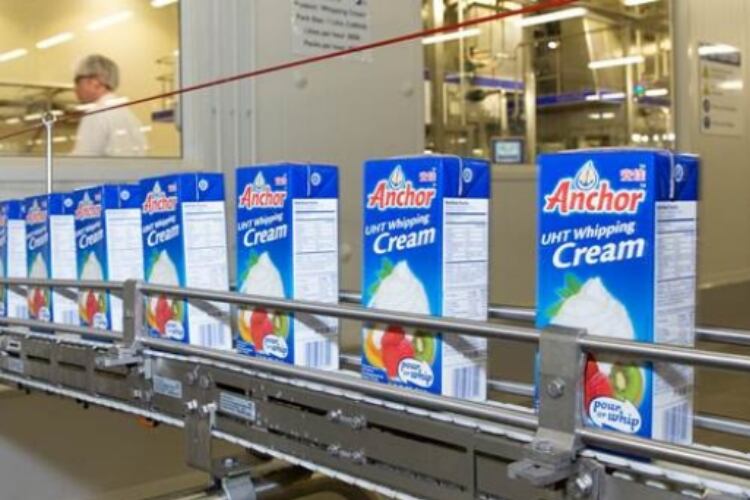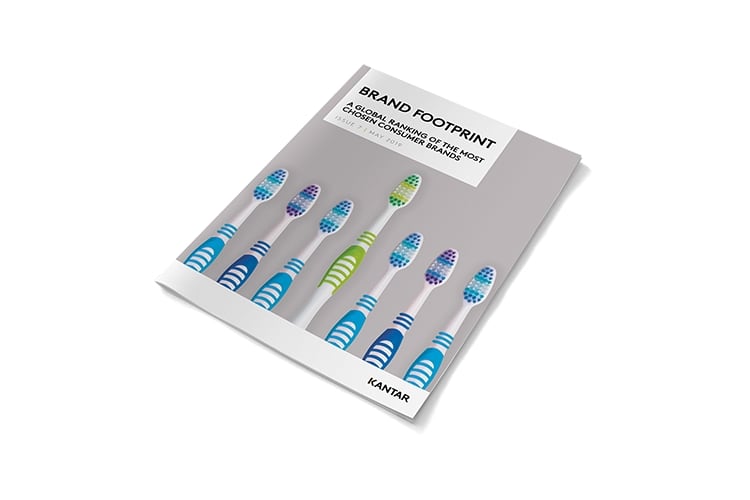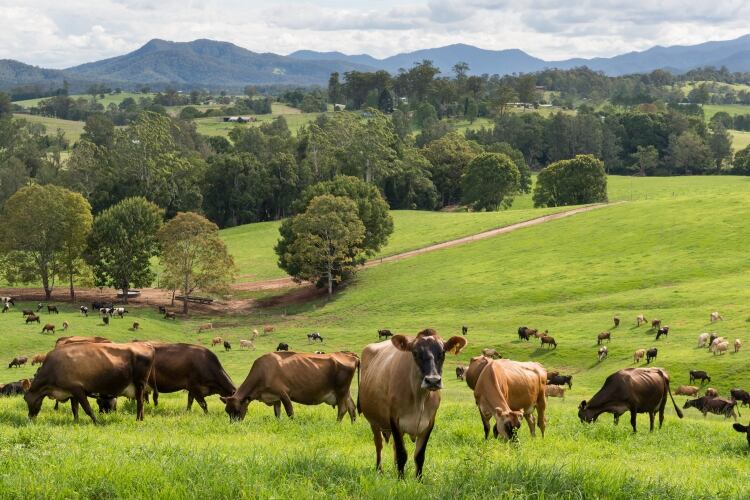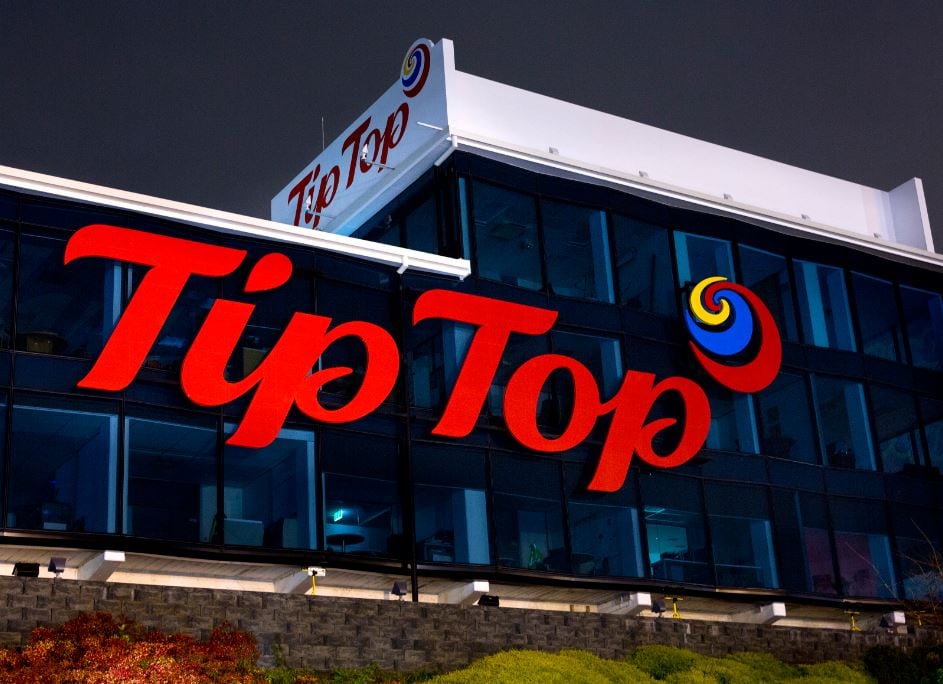At the same time, it announced its third-quarter business update, revised forecast earnings range, narrowed the range for its 2018/19 forecast Farmgate Milk Price, and gave an opening forecast Farmgate Milk Price range for the 2019/20 season.
Fonterra chief executive Miles Hurrell said good progress is being made on the strategy review and reiterated the benefits from those changes will take time to flow through into the coop’s financial performance.
“I appreciate that our farmers and unit holders want clarity on our new strategy and expect a decent return on their investment,” Hurrell said.
“We’re on-track to share our new strategy in September. In the meantime, we’re getting on and making decisions to reduce complexity and simplify our business so we can focus on where we have competitive advantages.
“Farmers and unit holders can expect to see some fluctuation in our earnings over the next couple of years and there will be one-off transactions and adjustments (some positive, some negative) as we reset the business and deliver on our new strategy.”
Hurrell announced that Fonterra is commencing a strategic review of its two wholly-owned farm-hubs in China, as well as options on the future ownership of the Dairy Partners America (DPA) joint venture with Nestlé, including a potential sale of respective stakes.
He also announced the Dennington site in Australia, which employs 98 people, is to close.
“These decisions relate to our new strategic direction – in particular, prioritizing our New Zealand milk supply and simplifying our global portfolio, which, as we have said previously, requires us to review every part of business to ensure it meets the needs of the coop today,” he said.
Importance of China
In spite of the strategic review of its Chinese farms, Hurrell said the country remains a key market for Fonterra.
“We have contributed to China’s dairy industry by developing high quality model farms and showing there is a valuable opportunity for fresh milk in China’s consumer market, and this continues to be an attractive prospect,” he noted.
“However, this does not necessarily mean that we need to continue to have large amounts of capital tied up in farming hubs.
“On DPA Brazil, which is a joint venture distributing chilled dairy products throughout Brazil, the review into future ownership options and whether to sell is expected to be completed by the end of 2019.”
On the Dennington factory closure, Hurrell said the Australian Ingredients business continues to feel the impact of the drought and other significant changes that mean there is excess manufacturing capacity in the Australian dairy industry.
“This is not a one-off for this season, it’s the new norm for the Australian dairy industry and we need to adapt,” he said.
“We need to get the most value from every drop of our farmers’ milk and, with the reduced milk pool in Australia, we must put it into our highest returning products and most efficient assets. Dennington is over 100 years old and not viable in a low-milk pool environment.
“We have 98 employees at Dennington and this decision will be incredibly hard for them. Our top priority is to support our people.”
Business performance and revised earnings guidance
Fonterra’s revenue for the nine months to April 30, 2019 was NZ$15bn (US$9.73bn), up 1% on the same period last year, and sales volumes were 16.6bn liquid milk equivalent (LME), up 4%. However, normalized EBIT was down 9% to NZ$522m (US$338.7m).
In Ingredients, sales volumes for the first nine months were up 10% to 16.3bn LME, gross margin was down to 8.6% from 9.6% and EBIT was down NZ$64m (US$41.5m) to NZ$602m (US$390.6m).
In Consumer and Foodservice, sales volumes were down 1% to 3.8bn LME, gross margin was down to 22.8% from 23.6% and normalized EBIT was down NZ$62m (US$40m) to NZ$266m (US$172.6m).
Hurrell said, “Due to the challenges in Australia Ingredients and tightening relative price differences between reference products, or those products that inform the Farmgate Milk Price, and non-reference products – that’s all our other products, we are reducing the forecast full year normalized EBIT for the whole Ingredients business to NZ$645-$725m (US$418m-$470m), down from the NZ$750-$850m (US$487m-$551m) range we shared at our Interim Results.
“Consumer and Foodservice improved its performance in the third quarter relative to the first half. Due to our performance in Latin America, we have lowered our forecast normalized EBIT from NZ$475-$525m (US$551m-$341m) to NZ$400-$430m (US$259m-$279m) for this part of the coop.
“Our China Foodservice recovered as demand for butter bounced back. This helped pricing and in-market inventory return to more normal levels. There was good demand for Anchor Food Professionals UHT culinary cream and the team at our Waitoa UHT factory have been working hard to get shipments up to our China foodservice customers.”
Hurrell said that there are some increased risks in the fourth quarter to the coop’s previous forecast earnings – in particular, recovery in key markets is slower than expected and there are tightening price relativities between non-reference and reference products along with the on-going challenges in Australia Ingredients.
As a result, Fonterra is revising its earnings guidance range from 15-25 cents (US 9.7-16 cents) per share to 10-15 (US 6.5-9.7 cents) cents per share.
2019/20 opening season forecast Farmgate Milk Price and updated 2018/19 forecast Farmgate Milk Price range
Chairman John Monaghan said, as farmers get ready to start the new season on June 1, the forecast 2019/20 Farmgate Milk Price range will be NZ$6.25-$7.25 (US$4.05-$4.70) per kgMS.
“This is a realistic opening forecast. We are having to look out more than a year into the future which is difficult, but what the information available is continuing to show us is that demand remains strong across key trading partners and this is reflected in GDT prices,” Monaghan said.
“We are giving farmers a wide range for the opening forecast milk price. It will be narrowed as the season goes on. The 2019/20 Advance Rate Schedule has been set off $6.75 per kgMS.
“Weather plays a significant role in determining global milk volumes, and therefore price. We are forecasting our New Zealand collections to be 1,520m kgMS for the new season, which is up slightly on the current season. There’s still a lot of water to go under the bridge before we’ll have a clear view of what the season holds for both our coop’s production and global dairy supply.”
Fonterra has also reduced its 2018/19 forecast Farmgate Milk Price range from NZ$6.30-$6.60 (US$4.09-$4.28) per kgMS range by 20 cents to NZ$6.30-$6.40 (US$4.09-$4.15) per kgMS.
This reflects favorable foreign exchange movements but slightly weaker than expected pricing for whole milk powder and skim milk powder.




